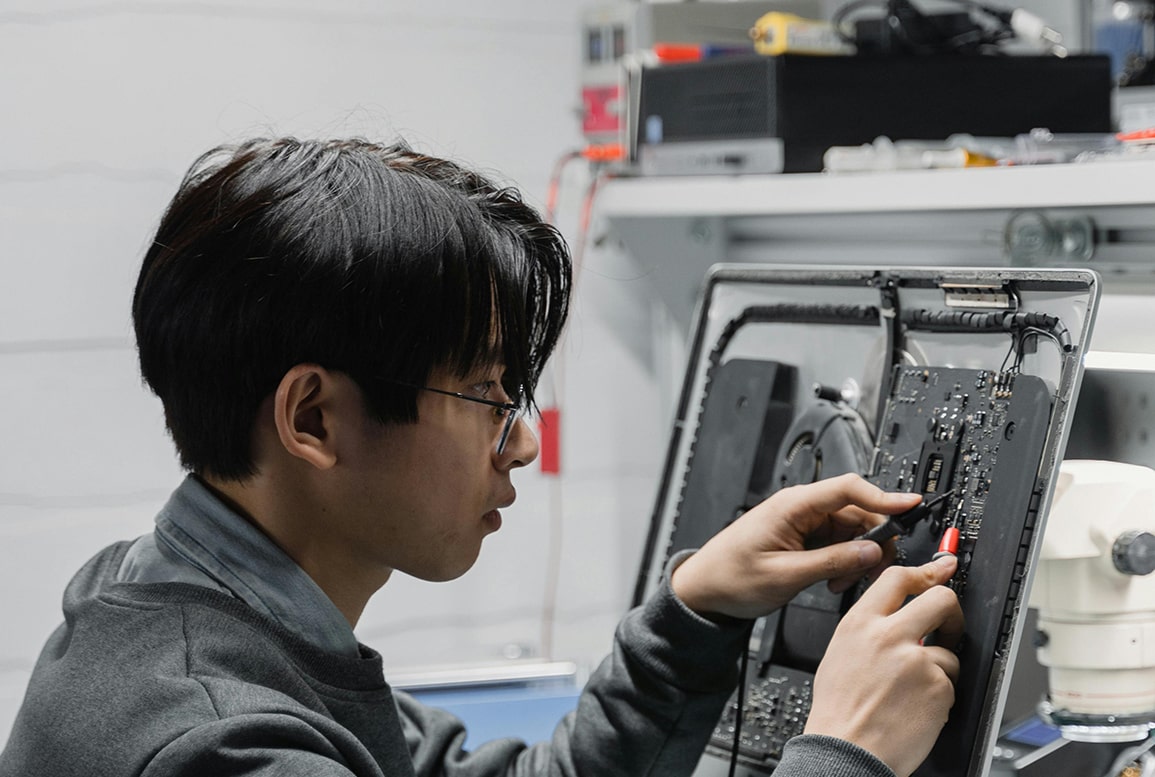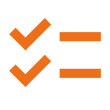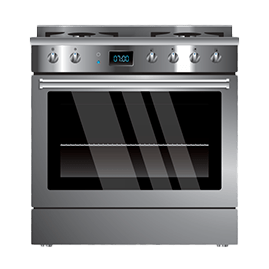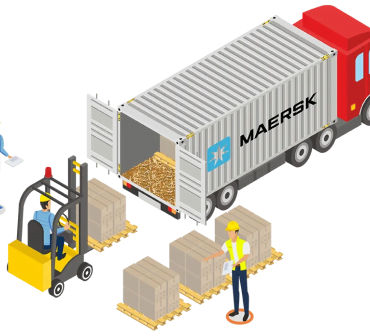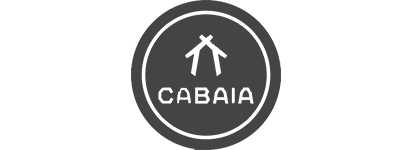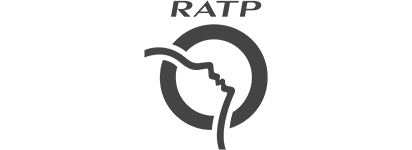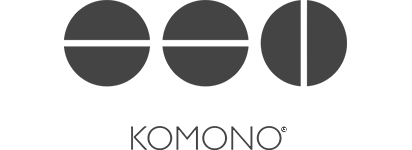Home appliances are essential for modern living, providing convenience and comfort in our daily routines. This category encompasses a wide range of products, including kitchen appliances, laundry machines, air conditioners, and more. Quality and user experience are crucial factors to consider when purchasing home appliances, as they directly impact performance and longevity. Many of these products are manufactured in Asian countries like China, Vietnam, and Thailand. While Asia offers competitive pricing, there are potential quality risks associated with sourcing from this region. Thorough Quality Control and Due Diligence are vital to ensure that products meet safety standards and customer expectations.
